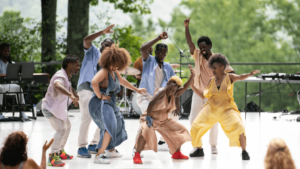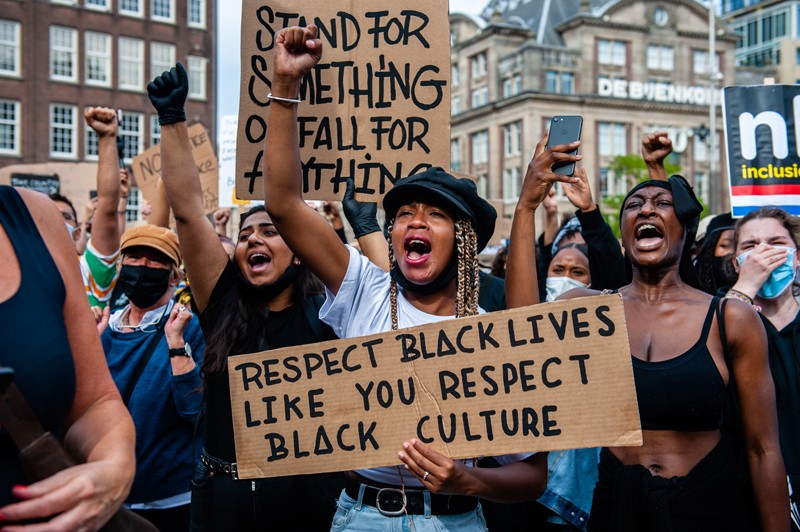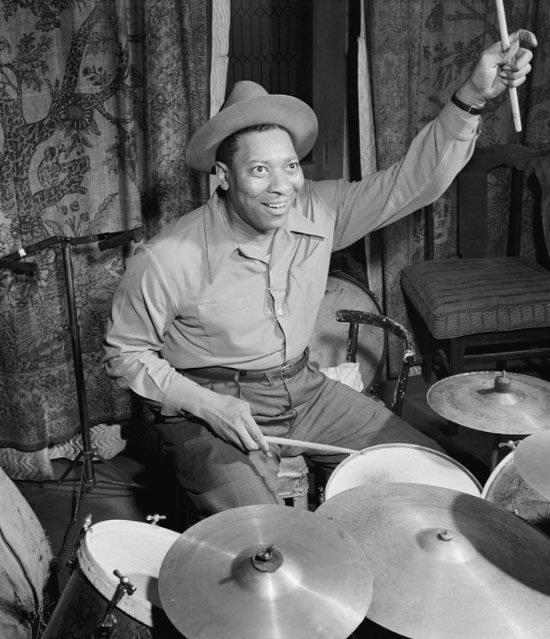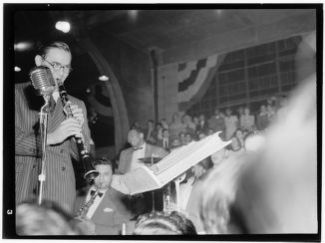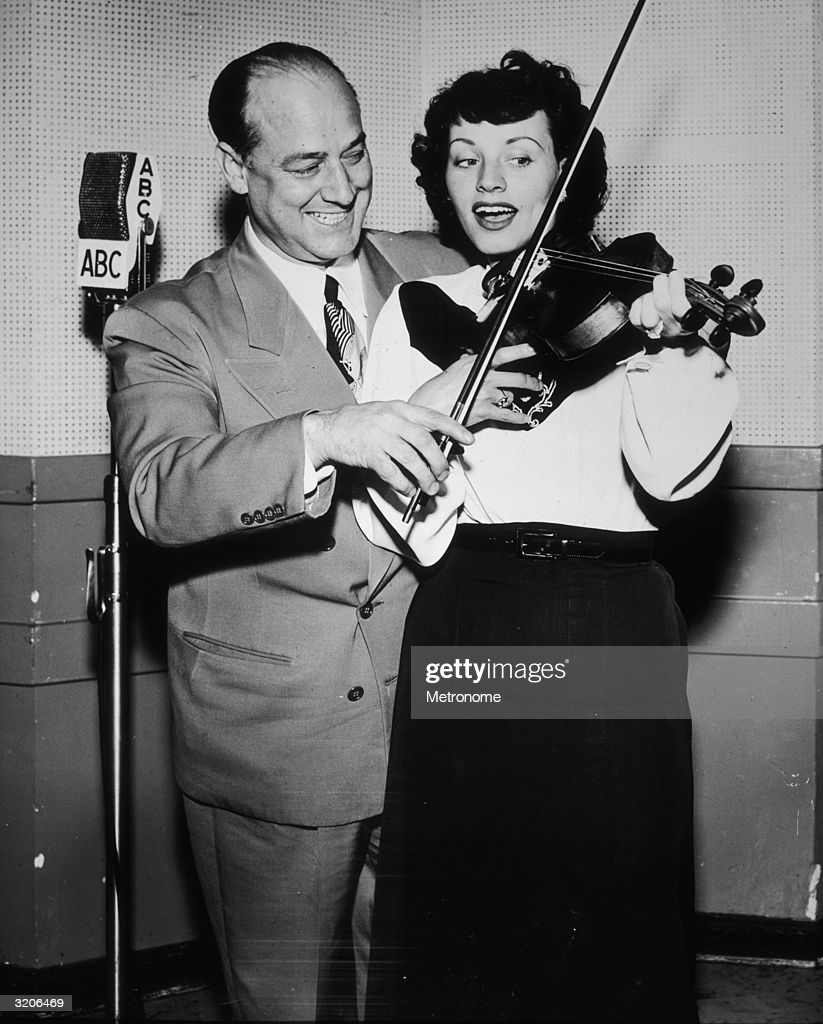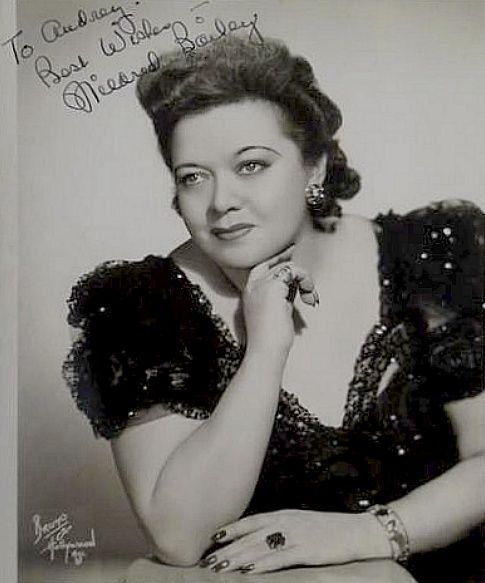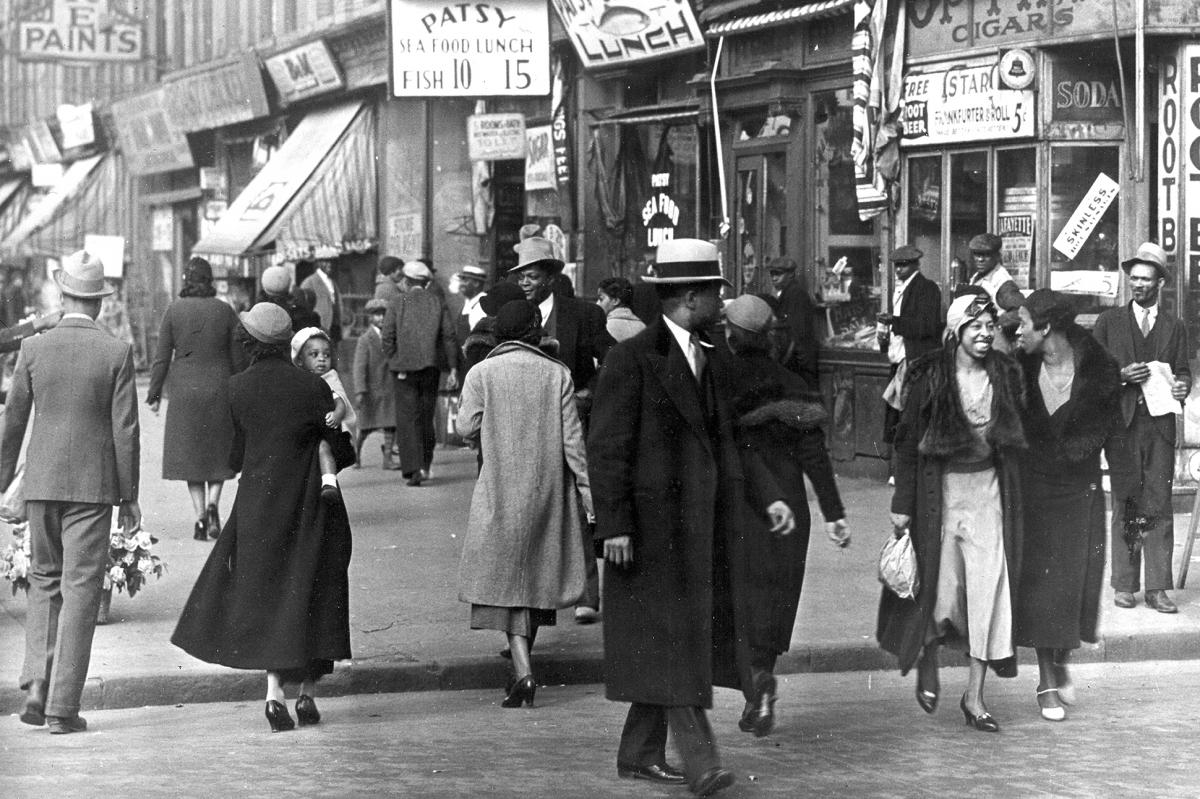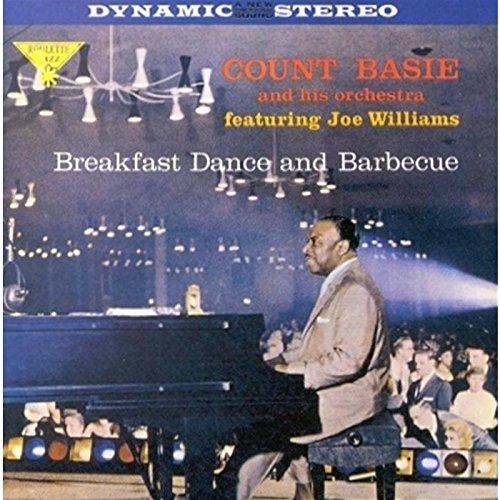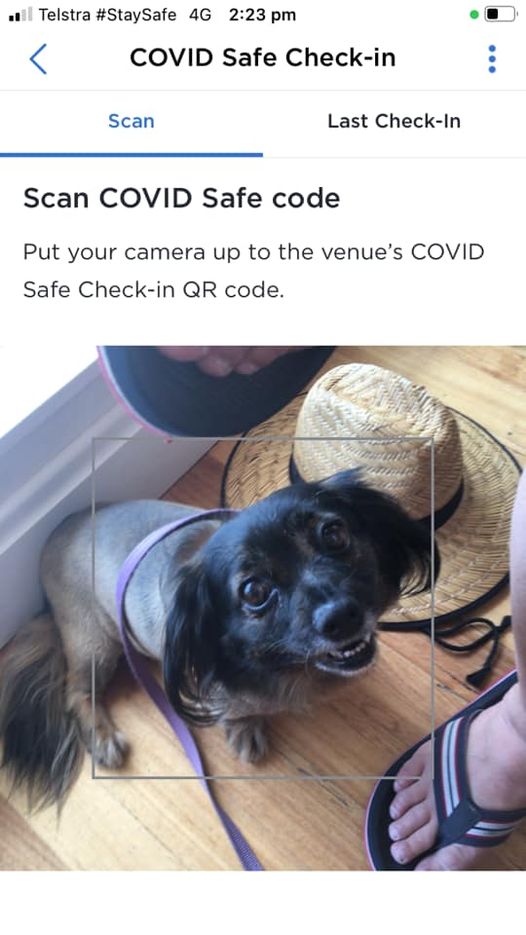Topic: useful admin tools for dance businesses
[NB not tools for social media marketing or graphic design. Just basic business tools]
Last year I did some research into the various tools a dance business uses, and discovered some useful things. Note, I am based in Australia, so some of our laws RE storing personal data aren’t shared by other countries.
If you’re running a business that teaches dance and runs parties and workshops, you need a few digital tools:
– a website
– an email tool
– a way to take payment digitally
– a way to organise registrations
– You’ll also need some sort of accounting software too, but your local tax laws and accountant’s preferences will help you decide what you’ll use.
We’re all usually bound by pretty tight budgets, so it’s fair to say that we want the best we can get, for the least amount of money. And we all know that the cheapest isn’t always the best.
But we also know that not all of us have the technical skills or experience running a dance business (not to mention time) to learnt to use a bunch of new computer things.
Anyway, this is what I found. It’s not an exhaustive list, and it’s pretty much just for me here in Australia.
Let’s assume we have two users.
User 1: New to running a local dance business, lots of good _dance_ and teaching skills, very little experience marketing, handling income and expenses, no real experience dealing with computer software, etc. Limited budget, time-poor. So, a regular dancer.
User 2: Experience running a dance business, experience with a range of software tools, dance and teaching skills. Time-poor, small budget. Wants to upgrade from older tools, reduce admin hassle, and streamline the process. So, the other type of regular dancer :D
From what I’ve seen, there are a couple of ways to get all the tools you need:
1. An all-in-one tool that handles email lists, digital sales (both online, or via a phone in person at a dance), a nice looking website (with the analytics you need)
2. A host of individual tools (eg a sales tool, an email tool, a website tool (whether it’s one you build yourself, or one out of the box)
The first option can be (and usually is) more expensive. There are cheapy options out there, but most of them don’t do all the things a small dance business really needs. Sometimes the more expensive complete packages are a bit limited (eg the email option only lets you have 500 addresses on your list; the website sales integration only works with a particular bank or shop front app).
But the first option is easier because:
– you don’t have to spend lots of time learning to use a lot of different tools.
– you have one account that you log into, from which you can add other users/admin accounts
– the integration of all the tools means you can see when user X buys a product, cross reference it with how often they open emails from you, and track their progress through your site. To my mind, this is the BEST thing. But it’s not so useful if you’re not at the point where you need or can make use of this data.
Downside of this option: price. It can seem super exy for a small business that doesn’t have any seed money.
By far the best of these options is Squarespace. It’s not the cheapest, in fact it’s quite expensive, but it saves you a lot of things:
– security is better because you don’t have a heap of random tools with different log ins that you share with everyone in your team;
– security can be weaker, because you only have that one point of entry to all these essential tools. Good thing is that squarespace is pretty secure.
– the website templates are really really nice, and look really professional. This is essential for a business that needs customers to trust it’s online shop.
– the website design can be changed via the code directly, or using the design tools in the main dashboard. You can create a page quickly, and move images and blocks of text around quickly.
– the shop front tool is beautifully integrated from the front end (the customer’s point of view). It looks slick and professional, which is good for developing trust.
– you can add approximately one billion trillion ‘extensions’ to the basic website. ie you can integrate a bunch of other tools, from accounting software, to email marketing, store fronts, your social media accounts, and printing. Yes, you can create your own tshirts and sell them through your site without having to handle printing or inventory.
– it will help you through buying a domain, which is often another sticking point for new businesses.
The downside of squarespace:
– it’s expensive
– learning to use the website building tools can be tricky (I found it challenging, and I have a lot of experience building sites from code to using builders)
The second option (lots of different tools) is often the cheapest option. But it’s ‘messy’. If you go this route, these are the tools I’d recommend:
– Square for sales. It’s secure, it has good support (ie people to help you), you can use it with your phone (so you don’t need to buy any sales hardware). It has a simple online shopfront (very basic, but serviceable, and not too ugly), and it’s the cheapest. Cheaper than paypal or Trybooking. And more flexible.
It is ‘basic’, but that’s it’s appeal: it’s not too hard to learn to use. But don’t expect too many bells and whistles.
You can take your phone to class, and then when people arrive and want to pay, you can do it all right there with just your phone. No cash, no extra hardware. Game changer in a covid world.
Equity: many of us offer free or discounted tickets for students, low income, etc. I haven’t checked it, but I’m certain Square would offer a ‘reduced’ or ‘comp’ sales option for your items.
– Does it handle your inventory (eg how many items you have left to sell, etc)? I assume so, but I’m not sure.
– Does it handle registrations (which is another way of talking about inventory)? I haven’t tested this.
I haven’t used a separate registration tool for years, as most of the modern online sales tools handle that as a basic feature. As dance event organisers, we really want to know how many people are coming, how many tickets we have left, and then we want to know info about each sale (lead/follow, etc). Not very complex stuff, really.
– Website.
I’d go with squarespace. I’ve used a range of website building tools, from blogging tools (eg wordpress), as well as building my own from scratch (and hosting on my own server at home), but I think that for the time and energy, squarespace gives you something beautiful that’s quick and easy to administer. And because you can create multiple accounts for the one site, you don’t get that ‘webmaster bottleneck’ that has plagued the dance world. It also handles all that domain purchasing stuff, which is SO important.
There are cheaper options (eg Square’s simple website option), but Squarespace also has some nice analytics in the basic package, so you can see which page is getting the most traffic, etc.
– Email. You must have a proper email tool (you can’t just create a list in your apple Mail or Outlook Express; that way lies horrific privacy and security dramas). Email and website are the two most important things you must have as a small business. So people can find you, and then you can reach out to them directly.
Mailchimp is still the big email player. It’s recently gotten more expensive (ie your basic account gives you a smaller number of email addresses in your basic list), but it has wonderful features. You can see who’s opening your emails, and which links are getting clicked in your analytics. The template building tool is lovely, and the emails come out looking really slick. It has some lovely automated features (eg a series of automated emails to help customers; a series of automated steps that create lists of people who open emails quickly for you).
But if you’re not doing any of this email marketing stuff, it’s probably overkill for you. And it’s expensive once you get past X number of email addresses.
Squarespace does have an email option, but it’s limited in terms of analytics. And it gets expensive when you add heaps of email addresses. And you WANT to have a zillion people on your email list. That’s the gold.
Personally, I go with Mailchimp, as I have had an account for years, and it’s been grandfathered in. And because I’m super interested in learning about email marketing. ie more than just spamming your audience with ‘buy! buy!’ emails. I’m interested in sending the right message to the right audience. eg sending links to the new beginner course rego page to the people who registered in the last beginner course of 2022.


